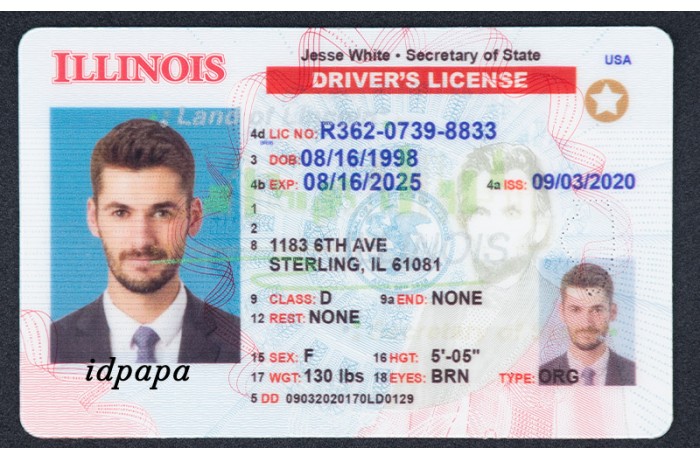
The scene of copyright identification is a constantly shifting landscape. Forgers are now leveraging cutting-edge technologies to create copyright that can often trick even the most thorough scanning systems. These imposters are often indistinguishable from genuine IDs, making them a growing threat. To combat this problem, authorities are implementing their own sophisticated technology to identify these fakes.
- One of the key elements behind scannable copyright is the use of custom materials that can be read by common scanners.
- These inks often contain embedded data that mimic the verification features found on real IDs.
- Nevertheless, experts are constantly working to develop new techniques to uncover these counterfeits.
The future of fighting copyright fraud is likely to involve a combination of sophisticated analysis technologies, machine learning, and more rigorous laws.
Acquire Scannable copyright Creation: A Step-by-Step Guide
So you want to make a scannable copyright? It's a foolhardy endeavor, but if you persist, here's your roadmap. First, you'll demand high-resolution photo editing software like Photoshop. Then, procure a real ID as a guide. Use the software to modify the details, replacing them with your forged identity.
- Following this, print the modified ID on high-resolution paper.
- Make certain the printer uses color that's compatible with security features for maximum realism.
- Ultimately, laminate the ID to enhance its durability.
Remember: Using a copyright is a crime. This guide is for educational purposes only and discourages any unethical activity.
Craft a Scannable copyright? Timeframe Matters
So you're wanting to know how long it takes to whip up a copyright that can actually fool those scanners, huh? Well, lemme tell ya, there's no magic number. It all boils down to a bunch of factors. You got your supplies, your know-how, and even the type of ID you're after. A basic card with a basic picture might take a hobbyist a few hours, maybe a day if they're green. But if you're aiming for something fancy with high-quality printing, you could be looking at days. Plus, don't forget the drying time for inks and laminates. That can add up!
The bottom line? There's no quick fix for a scannable copyright. You gotta put in the effort to get it right, or you could end up with something that gets caught faster than you can say "I.D. please!"
The Price Tag of a Scannable copyright
Thinking about snagging a phony ID that works at the club? That's probably what you're thinking it's just a small payment. But, let me tell you, there's more to it than meets the eye. , It's not just about the cash you're risking your freedom. Getting caught with an illegal get more info identification card can have real consequences, including hefty fines, community service, and even jail time.
, But don't forget: even if you manage to avoid getting caught, there's still a chance on you. Imagine trying to use an invalid copyright for something important like renting a car - your credit history and future prospects could be affected.
Verifying Your IDs: Can They Be Read by Scanners?
In today's digital/tech-driven/modern world, identification/IDs/personal documents are often scanned/read/processed electronically. But have you ever stopped to question/wonder/think if your copyright/copyright/government-issued ID is actually readable/scannable/compatible with the latest technology/scanning equipment/devices? A faded/damaged/incorrectly formatted ID can cause/lead to/result in serious inconveniences/issues/problems, from delayed entry/denied access/verification failures to frustration/confusion/security risks. To ensure/guarantee/confirm your ID is properly scanned/read accurately/accepted without issue, it's important to pay attention to/examine carefully/inspect thoroughly its key features/characteristics/design elements.
- Examine the clarity of text and barcodes
- Look for any damage or wear
- Verify the ID's format and security features
By being aware/taking note/staying informed of these indicators/signs/factors, you can avoid potential headaches/prevent complications/ensure a smooth experience when using your identification/copyright/government-issued ID.
Are They Detectable? The Risks of Using Scannable copyright
Scannable copyright seem like the ultimate solution for getting into clubs or buying booze. But let's face it, these aren't foolproof. Security is always improving, with scanners becoming more advanced every day. Using a scannable copyright is like playing a game of luck. Sure, you might get away with it the first few times, but eventually, the risk of being exposed becomes too high.
A citation can have serious ramifications, like fines, community service, or even legal trouble. Not to mention the hurt it could do to your life.
- Weigh your options
- Don't risk it